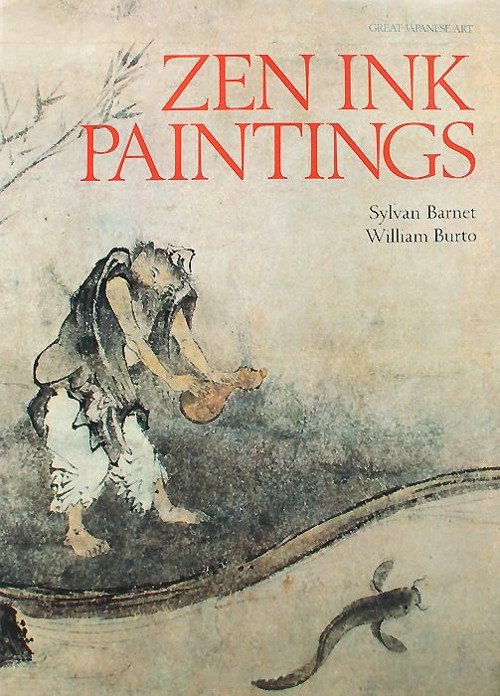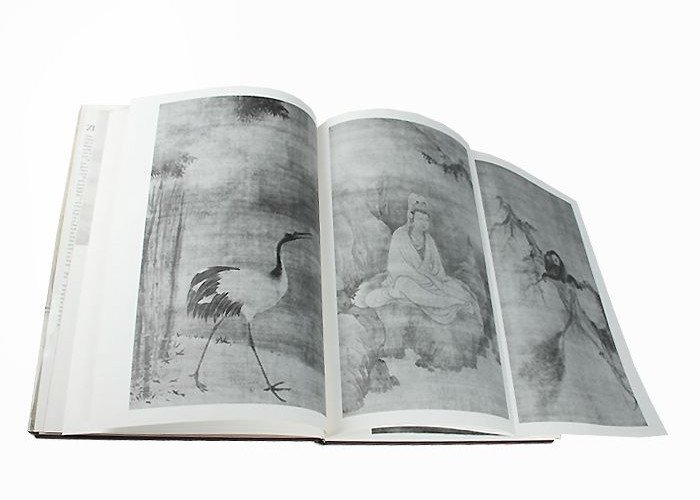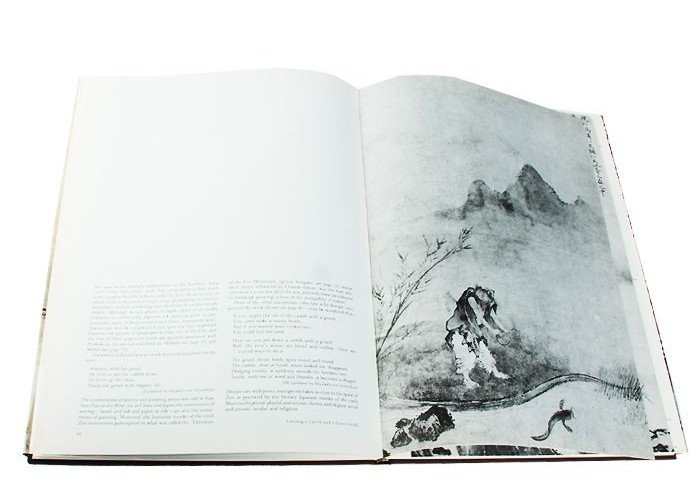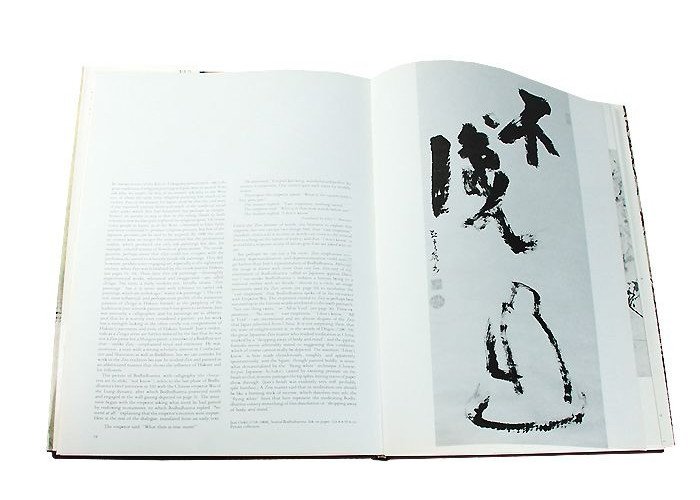This clear, absorbing, and generously illustrated book on Chinese and Japanese Zen ink paintings is the first on the topic in English in more than a decade. Drawing on Western and Japanese collections, it examines over thirty works, all outstanding examples of their genre. It is also one of the very few books on Zen art whose format allows large-scale reproduction of the original paintings.
Outlining the development of Zen in China and Japan, the introductory chapter offers a historical background to Zen painting and goes on to explain the chief characteristics of the kind of painting that is most associated with this school of Buddhism. The remainder of the book provides careful historical and critical commentaries on individual pictures, ranging from Chinese works of the early thirteenth century to Japanese paintings of the early nineteenth. All are illustrated in full, and many are accompanied by dramatic details that afford a close inspection of the brushwork.
The thematic rather than chronological organization of the book is unusual. The first extended discussion (of a Chinese triptych, conveniently presented here in a pull-out) exposes the large differences between Western and East Asian religious painting. Then come commentaries on sixteen figure paintings and portraits, in the course of which the authors call attention to various styles. Discussions of three landscapes follow, and these are linked with three bird-and-flower paintings, all of which are examined with an eye to drawing out their Zen implications as well as exploring the esthetic satisfaction they offer. The text moves on to a handscroll whose ox-and-oxherd sequence is a charming allegory of the process of enlightenment. Finally, there are commentaries on four pieces of calligraphy, the last of which is a circle or enso — that most enigmatic yet central Zen symbol. An annotated list of the best writing in English on Zen and the arts completes Zen Ink Paintings.
This handsome and well-written work is essential reading for anyone tempted to acquire a broader knowledge of a remarkable art form.
Букинистическое издание.










